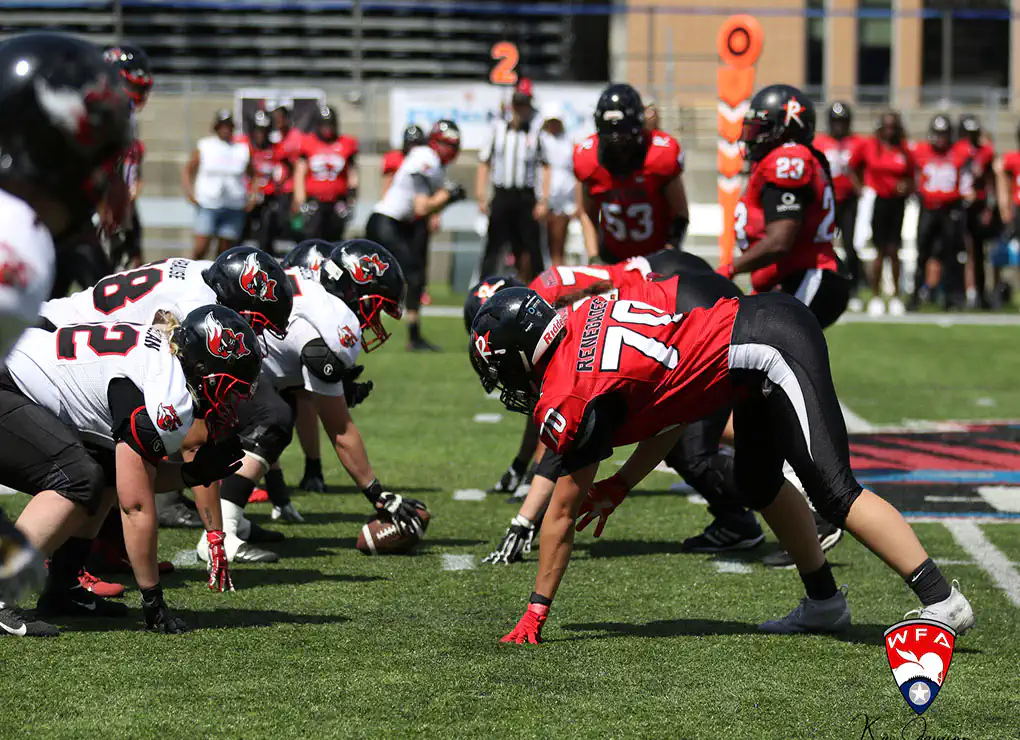The Basics: How many games in nfl season? How long is american football game?

Welcome to the thrilling world of the National Football League (NFL)! This comprehensive guide dives into the heart of the sport, going beyond touchdowns and timeouts to equip you with a solid understanding of the game’s structure, scoring system, and the dramatic world of overtime.
One thing at a time! In the National Football League (NFL), the number of regular season games has evolved over the years. As of the latest format, each team plays 17 regular season games. This expansion from the previous 16-game format allows for a more dynamic season, offering teams an additional opportunity to showcase their skills and fight for playoff positioning.
An American football game is divided into four quarters, each lasting 15 minutes. However, with stoppages for things like timeouts, the halftime break, and the intricate strategies that teams employ throughout the match, a typical NFL game lasts approximately three hours. This duration provides fans with an immersive experience, filled with tactical play, suspense, and excitement.
NFL team map and scoring rules
The standard NFL playing field is a rectangle 120 yards long and 53.3 yards wide, including end zones each 10 yards deep. Key areas include the 50-yard line, which divides the field into two equal halves, and the end zones, where touchdowns are scored. The field is also marked with yard lines every 5 yards and shorter hash marks to indicate each single yard.
The Offensive and Defensive Teams
In the NFL, teams are divided into three units: offense, defense, and special teams. The offensive team is responsible for moving the ball forward to score points, primarily through touchdowns and field goals. Key positions include the quarterback, wide receivers, and running backs. The defensive team aims to stop the offense’s advance and can score points through strategic plays like interceptions. Positions here include linebackers, defensive backs, and linemen.
Touchdowns and Field Goals
Scoring in American football can happen in several ways, with touchdowns and field goals being the most common. A touchdown, worth six points, is scored when a player catches or carries the ball into the opposing team’s end zone. Following a touchdown, teams have the option to attempt a two-point conversion or kick a one-point extra point. Field goals, worth three points, are scored by kicking the ball through the opponent’s goalposts.
The ultimate goal in an NFL game is to have more points than the opponent by the time the clock runs out in the fourth quarter. Games can end in regulation time or, if tied, extend into overtime, where different rules of engagement, such as sudden death or timed play, can determine the winner.
Deciphering Overtime: Unpacking The NFL’s overtime rules for a Fair Finish
The NFL’s overtime rules have undergone significant changes over time to ensure a fair and exciting conclusion for games tied after regulation. Let’s delve into the specifics of both regular season and playoff overtime:
Regular Season Overtime:
Sudden Death with a Twist: While sudden death applies, the team receiving the kickoff cannot lose solely on a field goal. Both teams are guaranteed possession unless the receiving team scores a touchdown on their first drive. One Possession Guarantee: If the first team scores a field goal, their opponent receives a chance to respond. Scoring a touchdown wins, while failing to score results in a loss. Limited 10-Minute Period: Regular season overtime is capped at one 10-minute period. If the score remains tied after both teams have had a possession, the game ends in a tie. No Re-Kick: Winning the coin toss allows the team to choose receiving the ball or selecting their defensive end, but there’s no re-kick at the start of overtime.
Playoff Overtime:
Continued Play Until a Winner Emerges: Unlike the regular season, playoffs demand a winner, so teams continue playing 15-minute overtime periods until a victor is determined. Possession and Scoring: The initial possession and opportunity for both teams to possess the ball (unless a touchdown occurs on the opening drive) remain the same as in regular season overtime. 15-Minute Periods with Strategic Timeouts: Overtime periods in the playoffs are longer, lasting 15 minutes. Each team receives three timeouts per half, and replays are initiated by the booth official, adding an extra layer of strategy. Sudden Death After First Possession: Once both teams have had a chance to score, the next score of any kind (touchdown, field goal, or safety) decides the winner.
These rules strive to balance competition and ensure a thrilling conclusion in overtime. The evolution of these rules, particularly the guarantee of possession after a field goal, reflects the NFL’s commitment to fair and engaging overtime scenarios.










